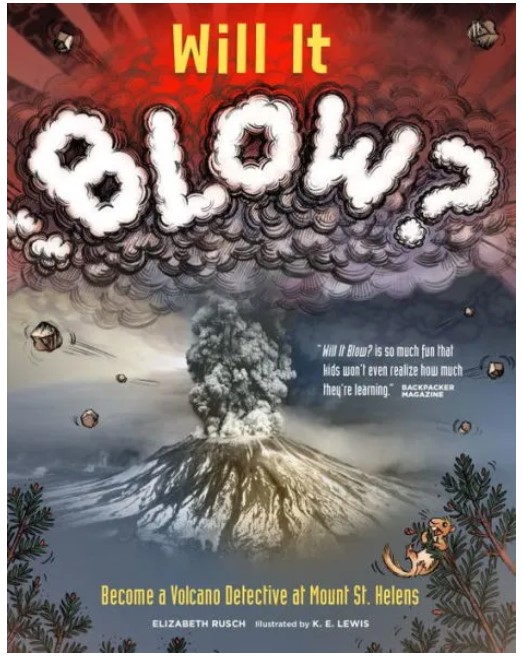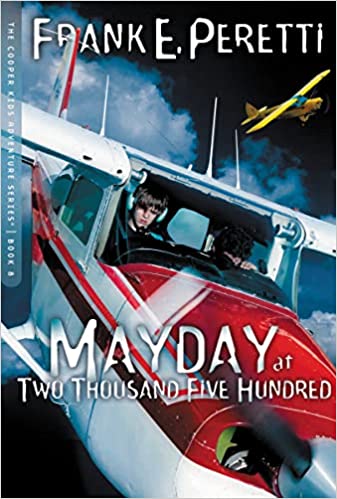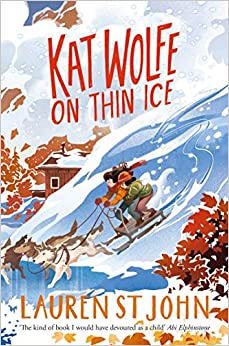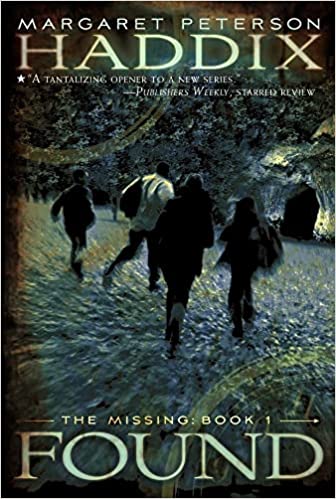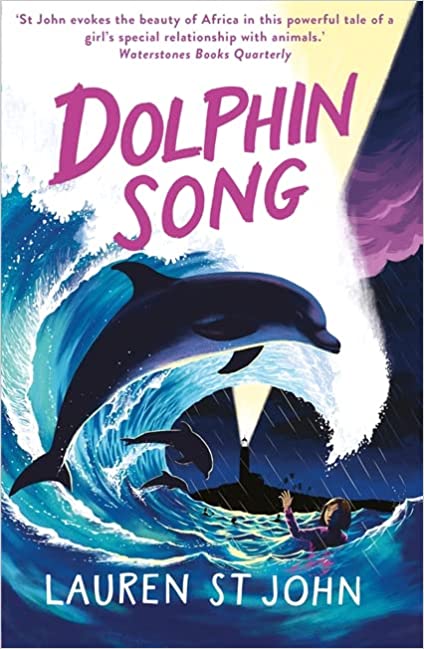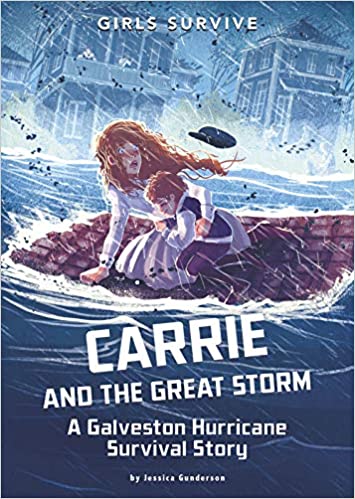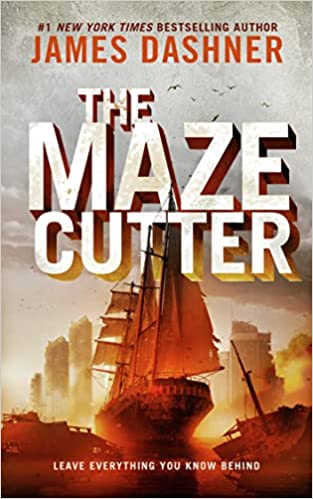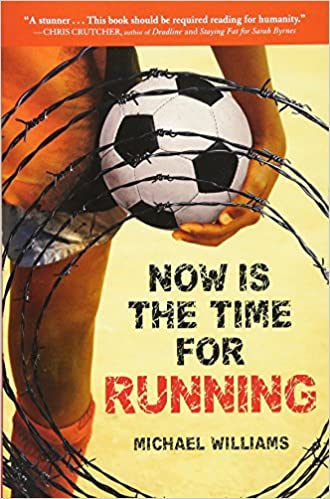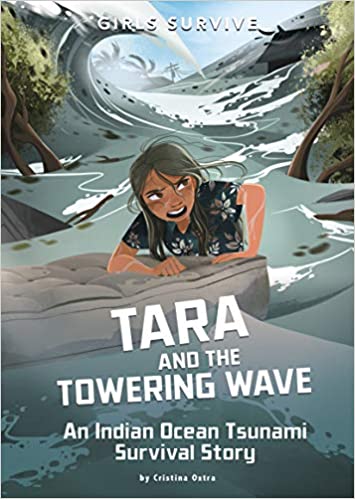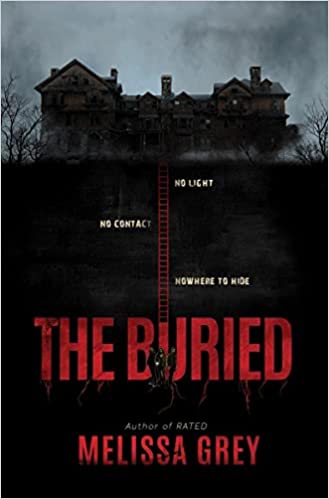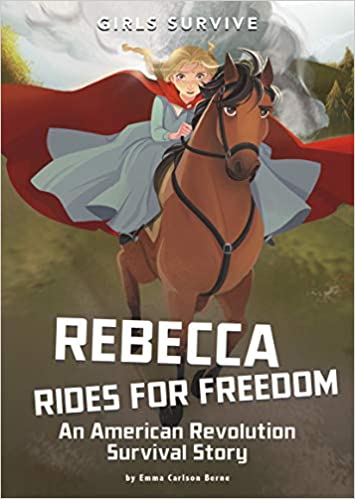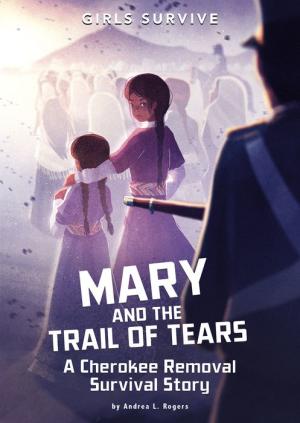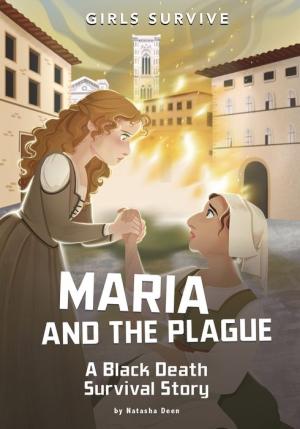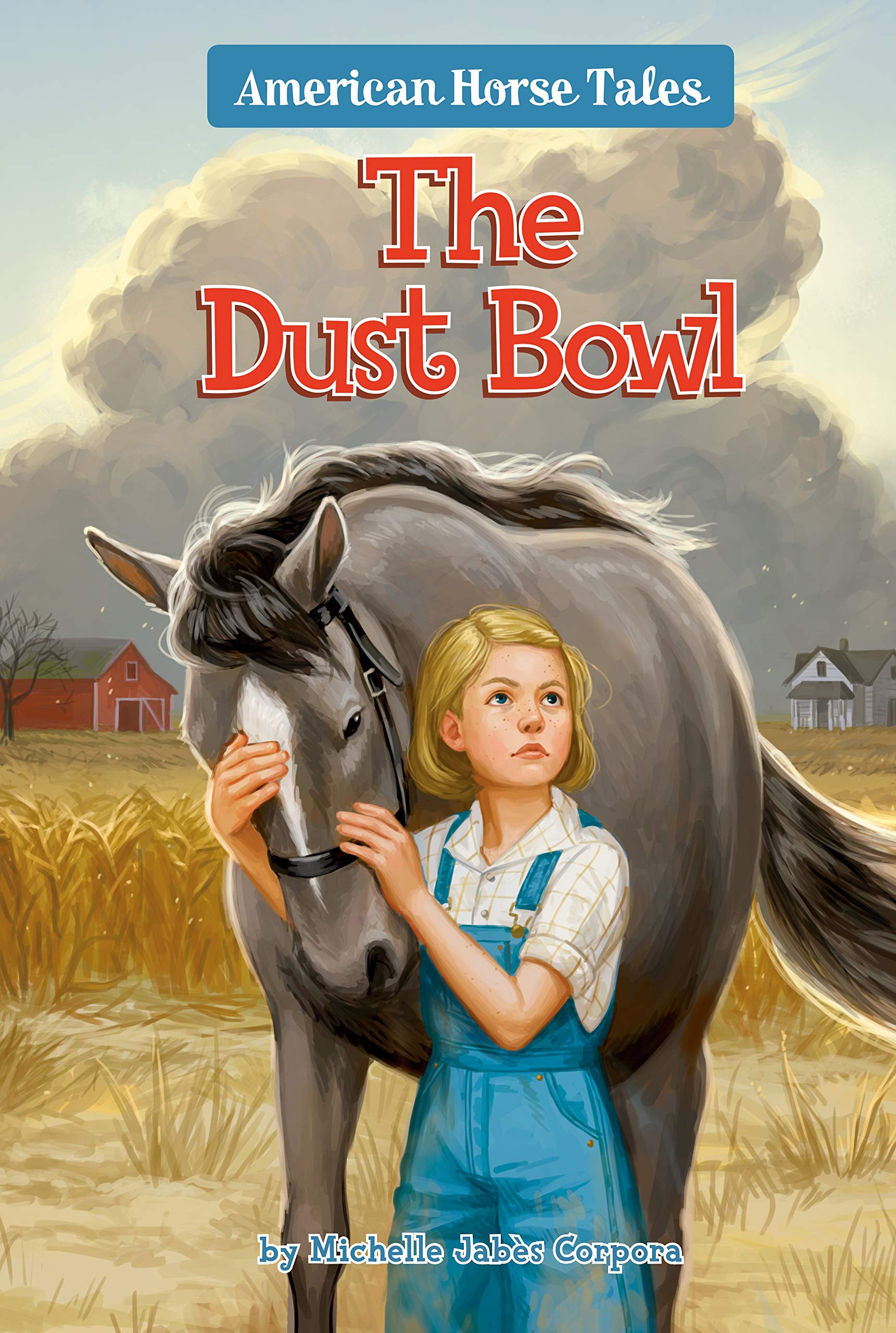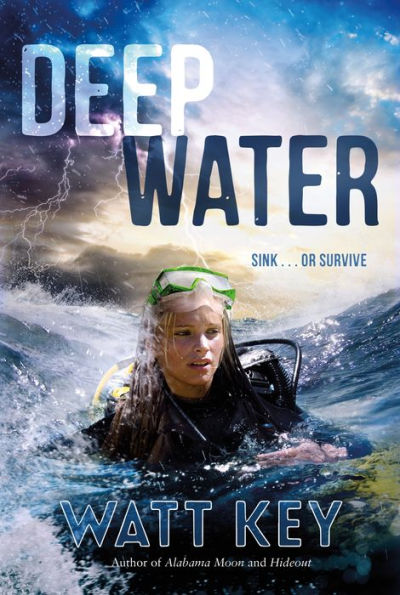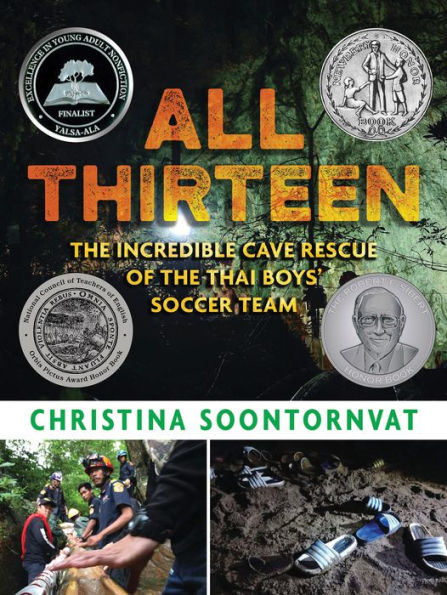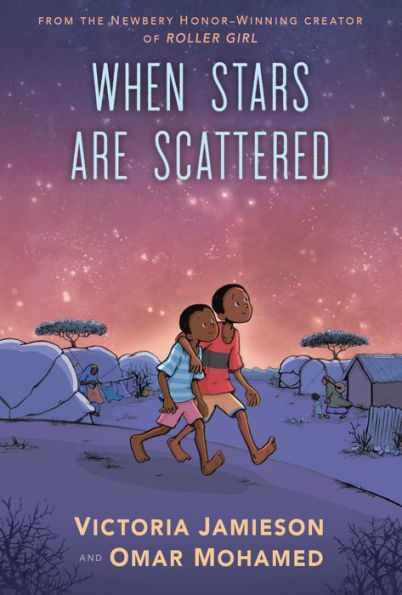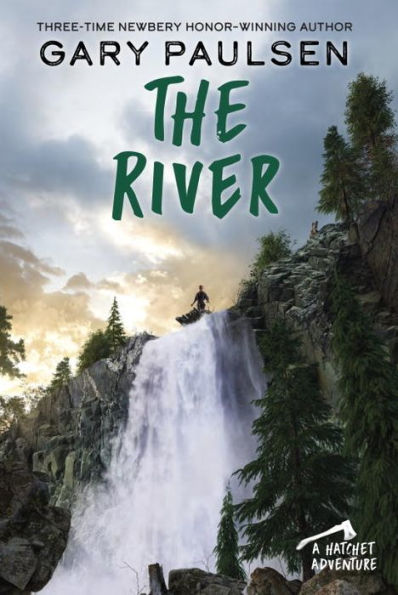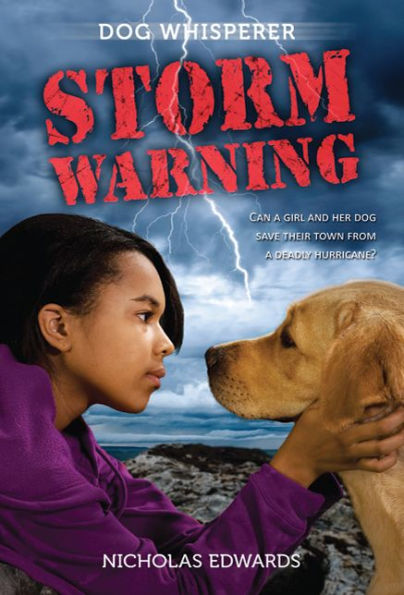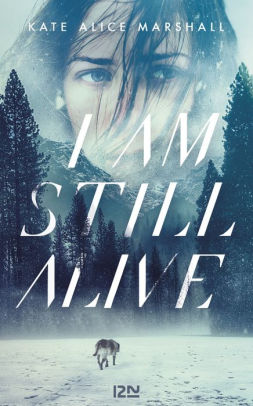When twelve-year-old Maddie hatches a scheme for a secret sleepover with her two best friends, she ends up waking up to a nightmare. She’s alone—left behind in a town that has been mysteriously evacuated and abandoned.
With no one to rely on, no power, and no working phone lines or internet access, Maddie slowly learns to survive on her own. Her only companions are a Rottweiler named George and all the books she can read. After a rough start, Maddie learns to trust her own ingenuity and invents clever ways to survive in a place that has been deserted and forgotten.
As months pass, Maddie escapes natural disasters, looters, and wild animals. But Maddie’s most formidable enemy is the crushing loneliness she faces every day. Can Maddie’s stubborn will to survive carry her through the most frightening experience of her life?
When Maddie’s secret sleepover goes terribly wrong and she ends up alone, she is convinced her parents will soon rescue her. Despite this, she doesn’t sit idle. Instead, Maddie begins collecting food, and water. Then when the electricity goes off, she collects firewood and candles. At first, Maddie’s conviction that she will be rescued gives her hope. But as time drags on, she must find creative ways to stay engaged with life, despite her loneliness. To pass the time, Maddie reads books by her favorite authors such as Jason Reynolds, Laurie Halse Anderson, Kate DiCamillo, and others.
Since much of Maddie’s life revolves around her daily routine of searching for supplies, the story lacks action. However, readers will sympathize with Maddie and wonder what new threat nature will throw at her—from freezing weather to a tornado, lightning fire, and even wild animals. Through it all, readers will get an inside look into Maddie’s self-doubt and her struggle with making decisions. Plus, Maddie worries about her family and what “imminent threat” made evacuating the entire state necessary. Between Maddie’s internal and external conflicts, Alone moves at a quick pace, even though it lacks big action scenes.
After being alone for almost three years, Maddie desperately wants another human to talk to. Despite this, she comes to terms with the possibility of always being alone. Maddie connects to a poem that asks, “Tell me, what is it you plan to do / with your one wild and precious life?” After reading the poem, Maddie vows to live fully “even if that means living alone / with an aging rottweiler / and eating canned food / until I’m an old woman.” This realization shines a light on the gift of living and enjoying each day despite difficult circumstances.
Alone will appeal to fans of survival stories who enjoy seeing characters overcome many obstacles. Maddie is a relatable and realistic character whom readers will empathize with. However, the imminent threat that causes the evacuation isn’t developed, the ending feels rushed, and the conclusion leaves too many unanswered questions. Despite this, Alone’s beautiful verse and unique premise make it a survival story worth reading. For more survival tales check out these engaging stories: Surrounded by Sharks by Michael Northrop, The Raft by S.A. Bodeen, and Ice Dogs by Terry Lynn Johnson.
Sexual Content
- None
Violence
- Maddie thinks about a friend: “In the summer between fifth and sixth grade / her family was driving in the mountains. / A rockslide fell down on the highway / crushing the roof of their car. / She died instantly.”
- Maddie hides from three wild dogs who corner a rabbit. “Three dogs / bark and growl. / I ride briskly in the /opposite direction / but I can still / hear the rabbit / when it / screams.”
- Looters break into the town’s stores. The lead man threatens, “Keep whining about how tired you are / and next time I won’t just break your nose.” One of the men has blood gushing from his nose, but he “keeps working.”
- One of the looters finds a kitten that he wants to keep. The lead man, “Takes the kitten. / Holds it. / Picks up a towel from the truck bed. / Wraps the kitten tightly. . . Slams it hard into the side of the big truck.” The kitten dies.
Drugs and Alcohol
- Maddie finds “red wine in the basement. It’s a fact that wine smells bad / and tastes worse. / Even if I liked it / my parents would murder me / if I started drinking alcohol / the minute I was left behind.”
- One of the looters smokes a cigarette.
Language
- Profanity is rarely used. Profanity includes ass, crap, damn, pissed, and hell.
- Maddie says holy crap once.
- At back-to-school night, the principal talks about “how children from broken homes were five times / more likely to suffer mental issues . . . Afterward, Dad told the principal / to do anatomically impossible things / to herself on the way to hell.”
- While looting stores, the lead man calls the other looters morons and idiots.
Supernatural
- None
Spiritual Content
- After having a nightmare, Maddie thinks “Maybe God / sends us nightmares / so our living reality / don’t seem so bad / when we wake up.”
- Maddie desperately wants to know if her parents can feel her. “I make a wish. / Kneel on floor. / Press folded hands to forehead. / Squeeze eyes shut.” Then she prays, “Let my parents come home. / Let my parents find me.” She repeats this over and over.
- While fleeing from looters, Maddie thanks God “there isn’t enough snow / to leave tracks.”
- At one point, Maddie wonders “whether God exists let alone / whether God pays any attention / to my little life.”
- Maddie tries praying but “I feel self-conscious / and awkward” so she writes a letter. The letter is approximately a page long and asks God for help finding “food and water and all the stuff we need every day. . .” She also asks for more help and wonders if God is testing her.
- After being alone for almost three years Maddie thinks, “I have no complaint with God. / If God exists / it’s entirely possible that / I have him or her to thank / for helping us survive/ as long as we have.” However, later she thinks, “I’m managing that [staying alive] with or without God’s help. / But how much longer can I stay sane?”

